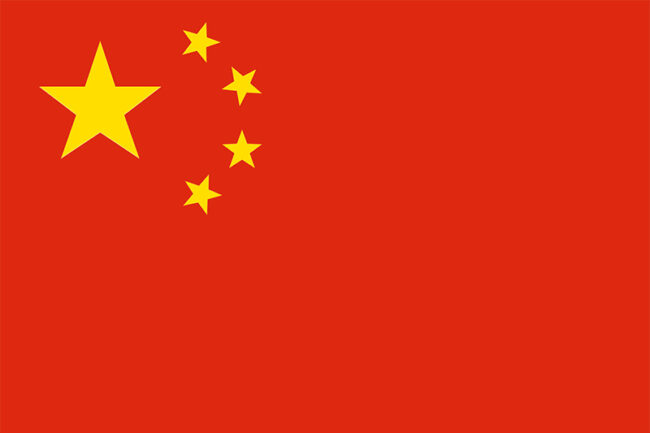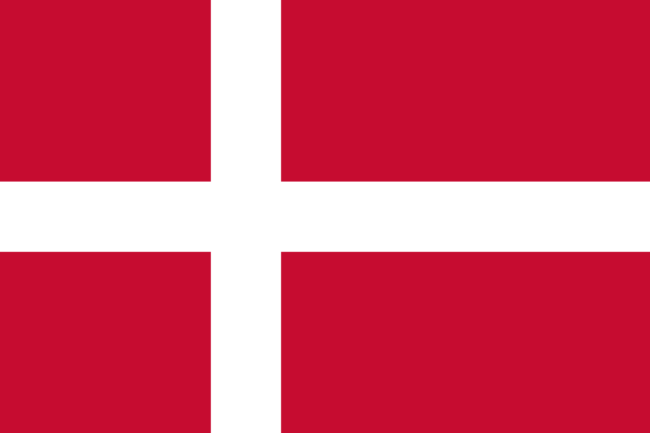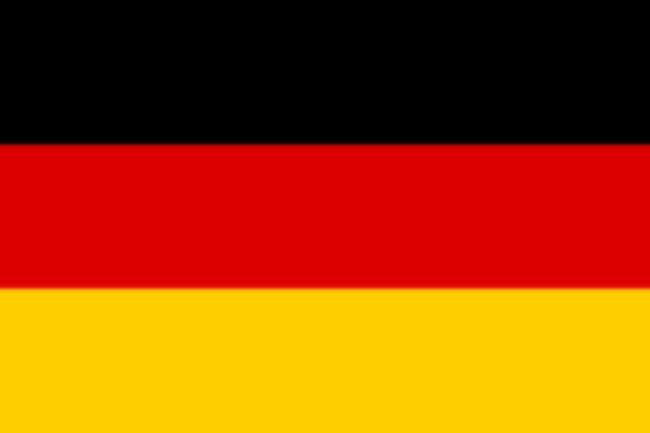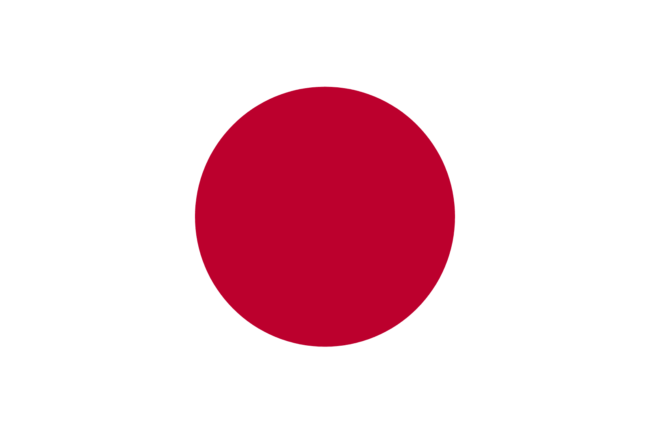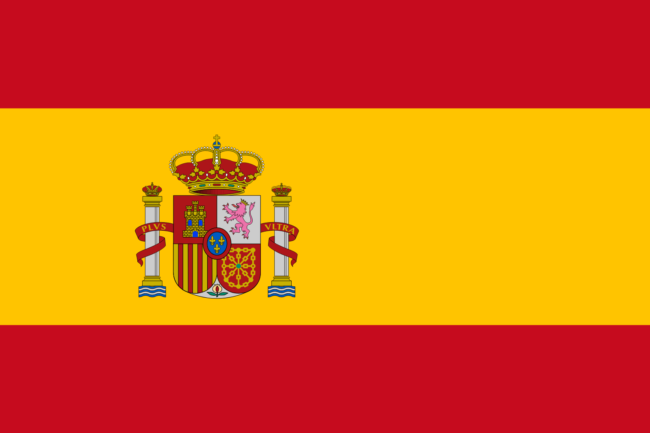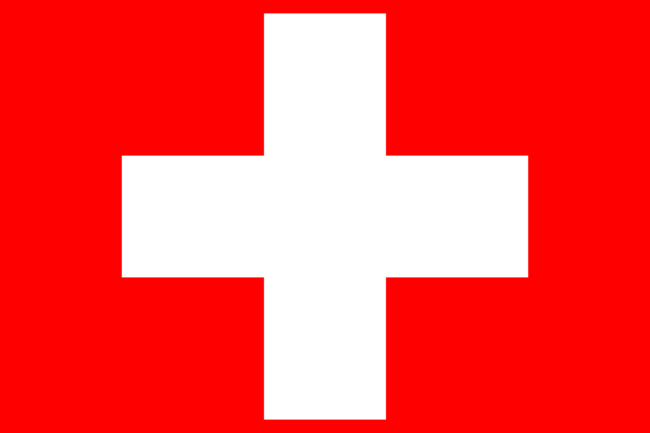About Task 31
The objective of Task 31 is to develop an international wind farm flow modeling and evaluation framework. To this end, a forum for data sharing and model benchmarking has been created for model developers and users to exchange knowledge and best practices on flow modeling for external wind conditions and wind farm wake effects.
This third phase of the Task is devoted to leveraging high-fidelity experiments, from the U.S. Department of Energy Atmosphere to Electrons (A2e) and New European Wind Atlas (NEWA) research initiatives, in the form of collaborative model intercomparison benchmarks around relevant challenges for flow models. The ultimate goal is to quantify the accuracy levels of state-of-the-art models that are used by wind resource assessment methodologies and wind farm design tools. In Phase 3, the Wind Energy Model Evaluation Protocol (WEMEP) will have a strong focus on Open Science by promoting data sharing and standardization to improve traceability and consistency in validation repositories.
Participation
Who can participate in Task 31?
To participate in the research activities of Task 31, researchers must reside in a country that participates in the IEA Wind Agreement AND has agreed by official letter to participate in Task 31. The participating member country of the IEA Wind TCP must designate a lead institution that agrees to the obligations of Task participation (pay the annual fee and agree to perform specified parts of the work plan).
Active researchers (performing part of the work plan) benefit from meetings and professional exchange during the term of the Task. Countries participating in the Task benefit from the information developed by the Task. The value of the research performed is many times the cost of the country participation fee or the labor contributed to carrying out the work plan.
For more information, contact the Operating Agent, Antonio Ugarte, CENER or the IEA Wind TCP Secretariat.
Wind Energy Model Evaluation Protocol
Open-source documentation on model evaluation procedures, modeling communities and quality-checked verification and validation benchmarks
https://wemep.readthedocs.io/en/latest/index.htmlTask 31 Roadmap
The third phase of Task 31 will finish in May 2021. A proposal for a new Task is now under discussion.
Phase l
• Defining a model evaluation framework for microscale wind farm flow models.
• Verification based on ABL and wake similarity theory.
• Sexbierum, Horns Rev, Lillgrund, Askervein and Bolund benchmarks.
Phase ll
• Extending the scope to mesoscale.
• NEWA and SWiFT high-fidelity experiments.
• GABLS3 benchmark.
Phase lll
• WEMEP open-source framework.
• NEWA and SWiFT benchmarks.
• OWA Wake Modelling Challenge.
• AWAKEN experiment planning.
Frequently Asked Questions
Get answers to our most commonly asked questions about IEA Wind TCP Task 31
How can I follow the Task activities?
You can sign up to the Wakebench mail list even if you are not an active participant. You will receive invitations to events, periodical newsletters and benchmarking opportunities. Sign up here.
How much does it cost to subscribe?
A participation fee of €8333 per year and per country is established to cover the management costs of the Task. You can share this fee with other partners from your country.
What kind of involvement is expected from a participant?
The Task is very flexible to accommodate different levels of participation. You can simply follow the activities by attending the meetings but, normally, members are also interested in participating in benchmarks by running simulations with in-house or third-party models.
A more significant involvement is required if you become a benchmark manager, since you will have to set up the benchmark guide, generate input/validation data, carry out the assessment based on participant submissions and publish the results. An involvement equivalent to around 1 p-m/year/participant is recommended to provide good traction to the Task.
How are benchmarks organized?
Benchmarks are typically supported and organized within national or European research projects that want to leverage modelling experts from the Wakebench community. A bottom-up approach is typical, where benchmarking opportunities are presented as they become available from partner projects. During Phase 3, these benchmarks have followed the validation strategy established in the New European Wind Atlas (NEWA) project and the U.S. Department of Energy Atmosphere to Electrons (A2e) program.
How long does it take to complete a benchmark?
Benchmarks typically take between 6 and 12 months to complete. This allows modellers to plan their work relatively well in advance and commit to participate in-kind. Final deadlines are typically connected to abstract submission at major conferences.
Where is the benchmark data published?
Windbench.net used to be the place to find benchmark information but we are now adopting a decentralized approach to accommodate better to the publishing policies of each data sponsor.
In the absence of these, the default data repository is Zenodo (https://zenodo.org/communities/wakebench/?page=1&size=20).
The Wind Energy Model Evaluation Protocol (WEMEP, https://wemep.readthedocs.io/en/latest/index.html) provides documentation and links to all the public datasets.
Any Question at
Tel: +34 948 25 28 00
CENER
National Renewable Energy Center
Av. Ciudad de la
Innovación 7
31621 Sarriguren, Navarra
Spain
Monday to Friday
9 am – 17 pm Central European Time
Send your mail at
augarte@cener.com

